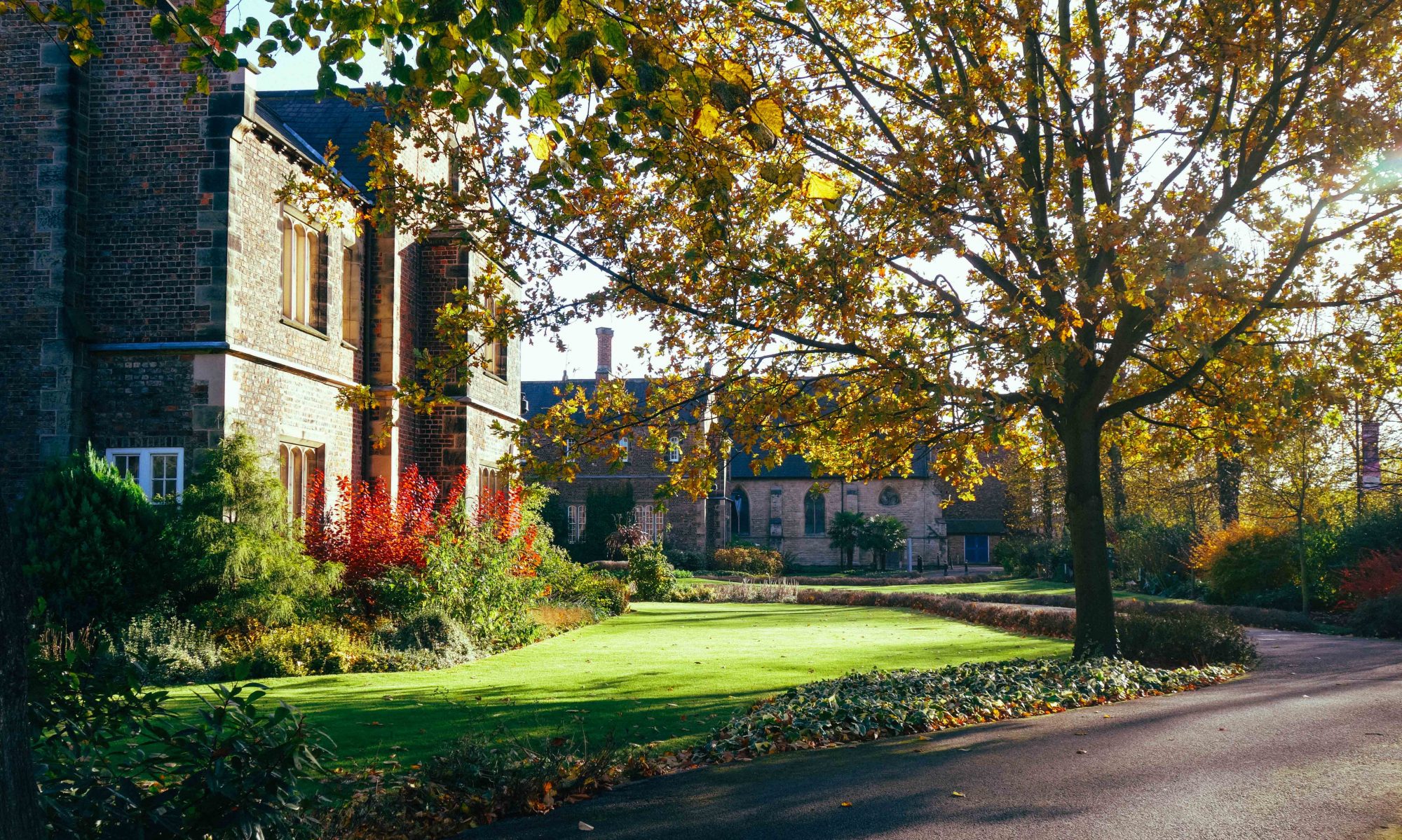By George Alexander Moss
@MossRamblings95
In a riveting discussion mediated by York St. John Senior Lecturer in Drama David Richmond, famed artist Melly Still discussed topics from her time at York St John, to her directorial efforts in Shakespeare’s Cymbeline, currently playing at the Barbican Theatre, London.
Melly Still is a director, choreographer and designer. She has been nominated for four Olivier awards and six Tony awards, including best director for both. In a career going from strength to strength, Still has developed productions with The National Theatre, Blind Wall Festival Opera and the Royal Shakespeare Company. Her work has been recognized on an international scale, influencing theatrical circles in Europe, America, and Asia. Needless to say, Still ranks among York St John’s top alumna.
Still’s rationale for choosing to study at York St John University in the 1980s was that, “at the time, it was the only place in the UK that I could find that did theatre, fine art and dance – all three.” Retrospectively, this education route seems like an exhausting shocker. After all, it is not uncommon to find single honours undergraduates in the library engaging in various activities; working, reading, sleeping, crying. It would certainly be remarkable if Still aced three subjects at once, but as is true for many undergraduates, it wasn’t always smooth sailing.
Still highlighted many obstacles that came her way during her time at University. She openly admitted that, “I think I displayed lack of confidence by just not giving a damn at the time”, which for the theatrical arts obviously will not fly. In a subject that relies so heavily upon inspiration and creativity, a stunted student will find it difficult to reap the rewards of study and practice. Coupled with a lack of confidence is untapped potential, and that is something Still evidently had much of. Eventually this potential was unleashed, and Still “started to click with some of the work we were doing […] I really loved it at after that, second, third and fourth years. I don’t think I missed anything. Plus I was making work and putting on shows at every opportunity that wasn’t part of the curricular [activities].” It is often said that University is a time to broaden ones prospects, to participate in as much as possible whilst also, creating our own opportunities. Between the endless hours of Netflix and noise, a sense of maturity is eventually unearthed in the first year, and propels each and every student into the productive years that follow. Or at least that’s what we tell ourselves at 3am whilst devouring another episode of Luke Cage.
Nevertheless, Still began harnessing her talent through the three headed beast of a course. She described it as “really fascinating work – I remember a lot of the tutors. There was this kind of, strangely enough at the time, everything was very, very compartmentalized. At the time, theatre practice was theatre practice, art was art, and there was never a between, they would never meet ever. There was a lack of cooperation between departments at the time. Which seemed nuts to a lot of the students.” Of course, this has been clearly rectified now, with York St John University breathing as a whole by sharing trips, societies and a great many lectures. However, where the artist is confined it could only ever lead to rebellion. Still reflects that it: “Seemed mad we weren’t being able to do mad things on rooftops, and things like that. It was quite conservative, but it helped, because it meant we could sort of push against it. It’s quite easy to shock people here, which some how I found quite incentivising at the time.” Creativity is at its most vibrant when demolishing boundaries and offering new perspectives on a great many things, changing thoughts and feelings for the better. Of course, clambering onto somebody’s roof is also a stellar method of inciting change: hopefully we can expect someone to be on the roof of The White House one day soon.
Still’s continuing hard work eventually led her to where she is today, directing rarely performed Shakespearean juggernaut Cymbeline. Whilst she contemplates that “the tutors encouraged us to be quite experimental at the time”, she later stated that her artistic nuance came: “very late in my career, finding my voice. But I certainly felt I really want to work in a narratively driven, choreographic work”. In the case of the Royal Shakespeare Company’s Cymbeline, that voice is on a speaker phone. The play’s pitch is hauntingly that “Britain is in crisis. Alienated, insular and on the brink of disaster. Can it be saved?” Reflecting a vast array of contemporary catastrophes (looking at you brexit), the play has arrived at a time in Earth’s history that is more poignant than ever. This is the crux of what Still is trying to communicate, stating that Cymbeline is “completely about isolationism. England was still struggling with its identity, do we become part of a bigger statehood? Lets reach out to our neighbours. They’re not my words, they’re Shakespeare’s. You can’t help but reach out to those parallels.” It is disheartening to consider whether Britain has come a long enough way in 400 years. Now of course, it is not merely England struggling with a contested identity; America, Germany and a great many other places are facing this question too. It is on this that makes Cymbeline truly vital and Shakespeare a timeless writer.
Ultimately, whether shaking things up at York St John or on a global stage, it is unquestionable that Melly Still makes our world immeasurably bigger.




